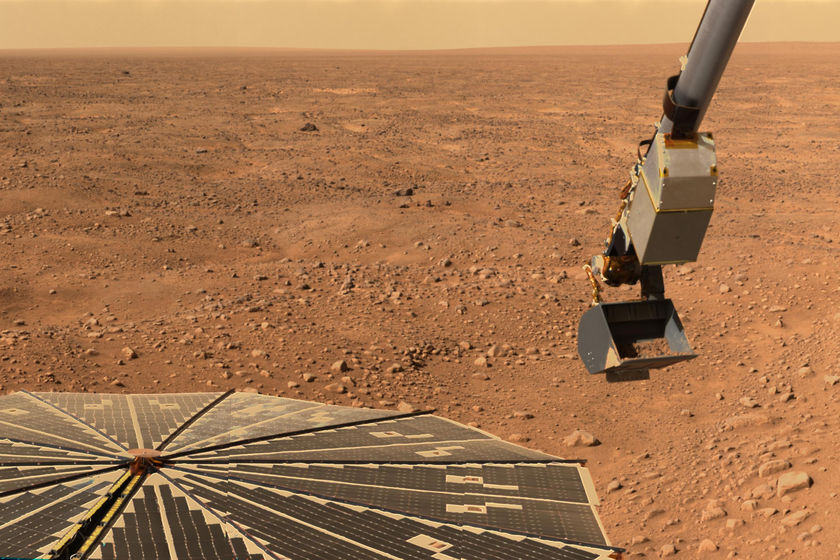[/caption]
After re-establishing communications with the Phoenix Mars Lander late last week, engineers have been able to communicate each day with the weakening spacecraft through relays with the Mars orbiters. But each day, Phoenix runs out of power by late afternoon or early evening. It is able to reawaken the next day after its solar arrays catch morning sunlight. Via Twitter, the lander said it is resting a lot, and hoping to get some strength back in order to do some more science. But each day the amount of time the sun is above the horizon at Mars north polar region diminishes. Additionally, dust raised by a storm last week continues to block some of the sunshine.
“This is exactly the scenario we expected for the mission’s final phase, though the dust storm brought it a couple weeks sooner than we had hoped,” said Phoenix Project Manager Barry Goldstein of NASA’s Jet Propulsion Laboratory, Pasadena, Calif. “We will be trying to gain some additional science during however many days we have left. Any day could be our last.”
Mission controllers at JPL and Lockheed Martin Space Systems are attempting this week to upload commands to be stored in the lander’s flash memory for science activities to be conducted when the lander wakes up each day.
“Weather observations are our top priority now,” said Phoenix Principal Investigator Peter Smith. “If there’s enough energy, we will try to get readings from the conductivity probe that has been inserted into the soil, and possibly some images to assess frost buildup.”
Source: JPL


Yeah I am usually “Weak but Responsive” on Mondays as well.
Absolutely. We need to get Phoenix a cup of coffee.
When the sun makes it full appearance again will the phoenix pick up where it left off?
the thing cost half a billion dollars, this is the best we can do? weather observations? whoopty freakin’ do
Stacy-
Engineers don’t expect the Phoenix lander to survive the winter. All the components will freeze solid and carbon dioxide ice will likely encapsulate the lander, probably breaking the solar arrays and possibly other things as well. But there is a “Lazarus” mode on the lander, that if it can, it will call home after the thaw, about a year from now.
Nancy
Could future landers have a means to clean the dust off of their solar panels, or have panels on an armature so they can flip them over to use solar panels installed on the other side?
I’m just wondering why this endeavor has not excited us as much as the two rovers?
It has certainly presented some interesting facts about the area and it has not been a cheap flight either. So, what’s the deal?